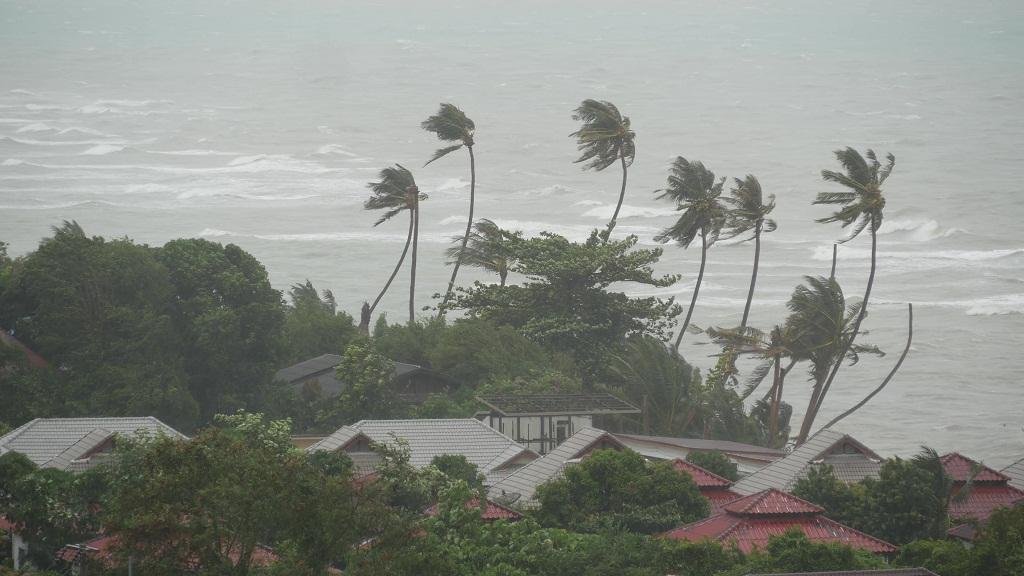Cyclone Mocha Devastates Coastal Regions: A Wake-Up Call for Disaster Preparedness
Cyclone Mocha, a powerful tropical cyclone, recently struck the coastal regions, leaving a trail of destruction in its wake. The cyclone made landfall on May 15th, 2023, and has posed significant challenges to the affected areas. This catastrophic event has highlighted the pressing need for improved disaster preparedness and mitigation measures. In this article, we delve into the details of Cyclone Mocha and explore its implications for students preparing for government exams, including teachers, police officers, banking professionals, railway personnel, and aspiring civil servants.
Cyclone Mocha originated in the Bay of Bengal and rapidly intensified before hitting the coastal regions. With wind speeds reaching up to 200 kilometers per hour, the cyclone caused massive destruction, including infrastructure damage, uprooted trees, and flooding in low-lying areas. Several coastal districts bore the brunt of the cyclone’s fury, displacing thousands of people and causing a significant loss of life and property.

Why this News is Important:
Increasing Frequency of Cyclones:
The occurrence of Cyclone Mocha underscores the increasing frequency and intensity of cyclonic disturbances in recent years. Aspirants preparing for government exams, particularly those aiming for civil service positions like PSCS to IAS, need to be aware of the environmental challenges and potential disaster scenarios that these cyclones bring.
Disaster Management and Governance:
Cyclone Mocha serves as a wake-up call for the importance of effective disaster management and governance. Students aspiring for positions in the civil services or defense sectors should understand the significance of disaster preparedness, risk assessment, and mitigation strategies in protecting communities during such natural calamities.
Historical Context:
The coastal regions have a history of experiencing cyclones due to their geographical location. In the past, devastating cyclones like Cyclone Hudhud in 2014 and Cyclone Amphan in 2020 have wreaked havoc, causing loss of life and severe damage to infrastructure. These historical events serve as a reminder of the urgency to strengthen disaster preparedness measures and invest in resilient infrastructure to withstand future cyclonic disturbances.
Key Takeaways from “Cyclone Mocha Devastates Coastal Regions: A Wake-Up Call for Disaster Preparedness”
| Serial Number | Key Takeaway |
|---|---|
| 1. | Cyclone Mocha highlights the increasing frequency and intensity of cyclonic disturbances. |
| 2. | Effective disaster preparedness, including early warning systems and evacuation procedures, is vital. |
| 3. | Strengthening infrastructure is crucial to minimize damage caused by cyclonic events. |
| 4. | Civil services play a significant role in disaster management and governance. |
| 5. | Community awareness and education are essential for cyclone preparedness and recovery. |
Important FAQs for Students from this News
Q: What are the common measures taken during disaster preparedness for cyclones?
A: Common measures during disaster preparedness for cyclones include establishing early warning systems, conducting evacuation drills, stockpiling emergency supplies, and coordinating with local authorities and relief organizations.
Q: How do cyclones form and what are their main characteristics?
A: Cyclones form over warm ocean waters when the atmospheric conditions are favorable, such as low wind shear and high humidity. They are characterized by rotating winds, a low-pressure center (eye), and spiraling rainbands that bring heavy rainfall and strong winds.
Q: What are the key challenges faced in coastal regions during cyclones?
A: Coastal regions face challenges such as storm surge (abrupt rise in sea level), intense winds causing infrastructure damage, flooding, and potential loss of life. These regions require robust infrastructure, effective evacuation plans, and post-disaster relief efforts.
Q: How do civil services contribute to disaster management during cyclones?
A: Civil services play a crucial role in disaster management during cyclones. They coordinate rescue and relief operations, implement evacuation plans, ensure the smooth flow of information, and allocate necessary resources to affected areas.
Q: How can individuals and communities contribute to cyclone preparedness?
A: Individuals and communities can contribute to cyclone preparedness by staying informed about weather updates, following evacuation orders, securing their properties, creating emergency kits, and supporting local disaster management initiatives.
Some Important Current Affairs Links
















